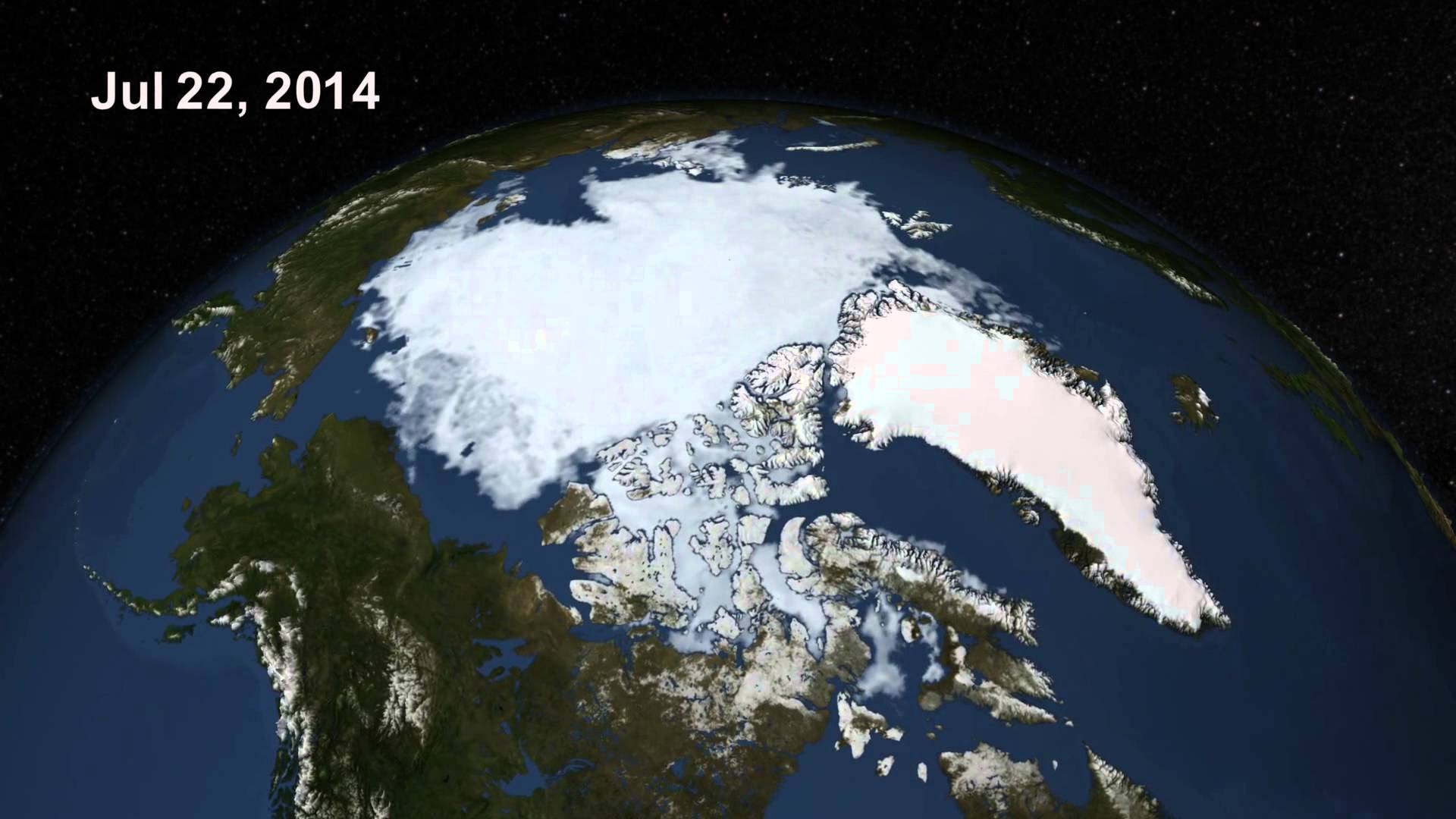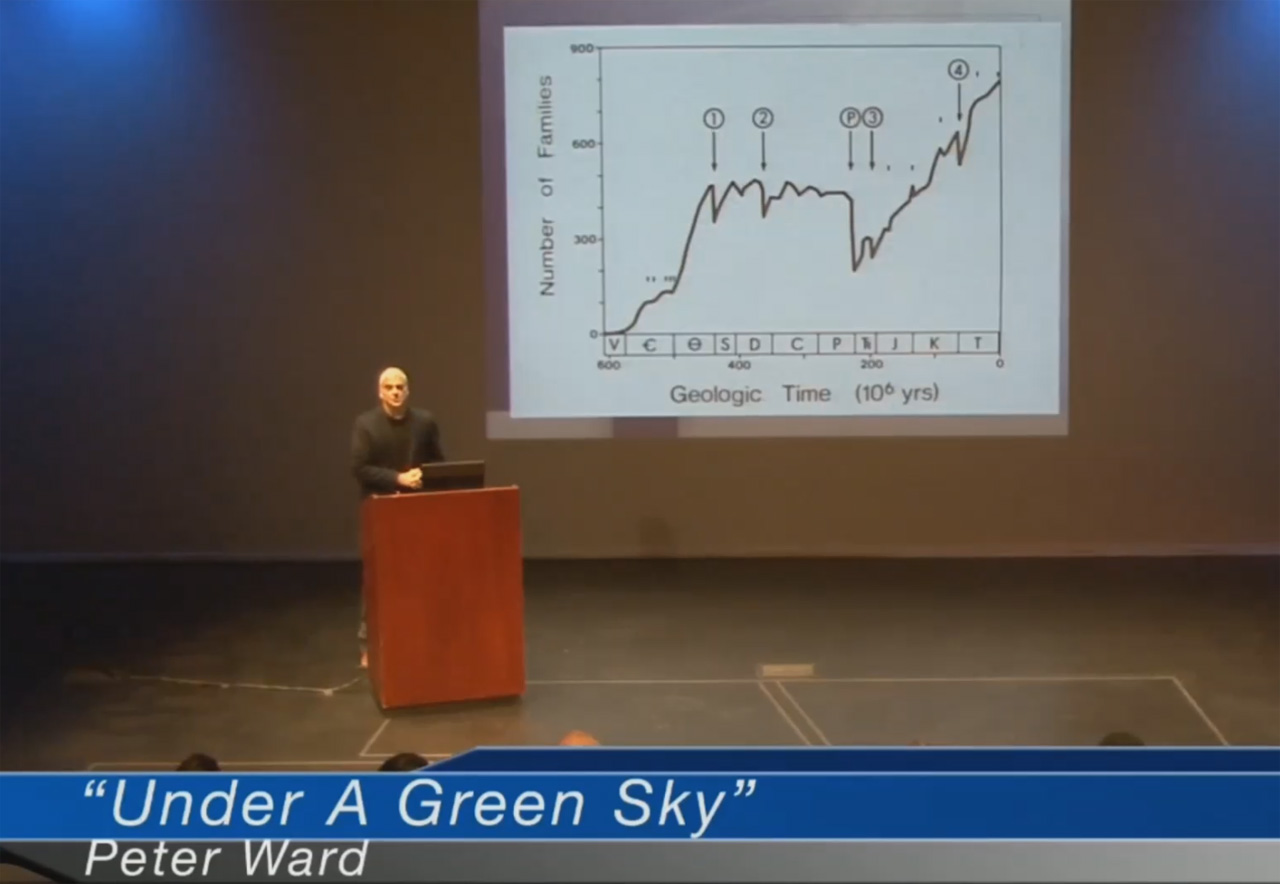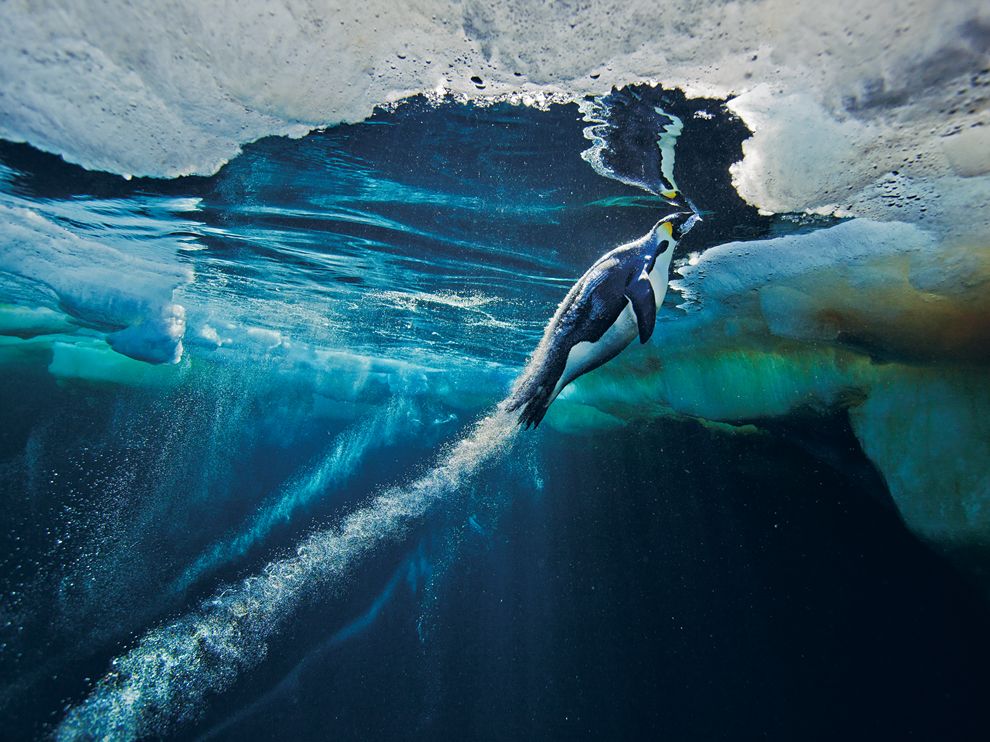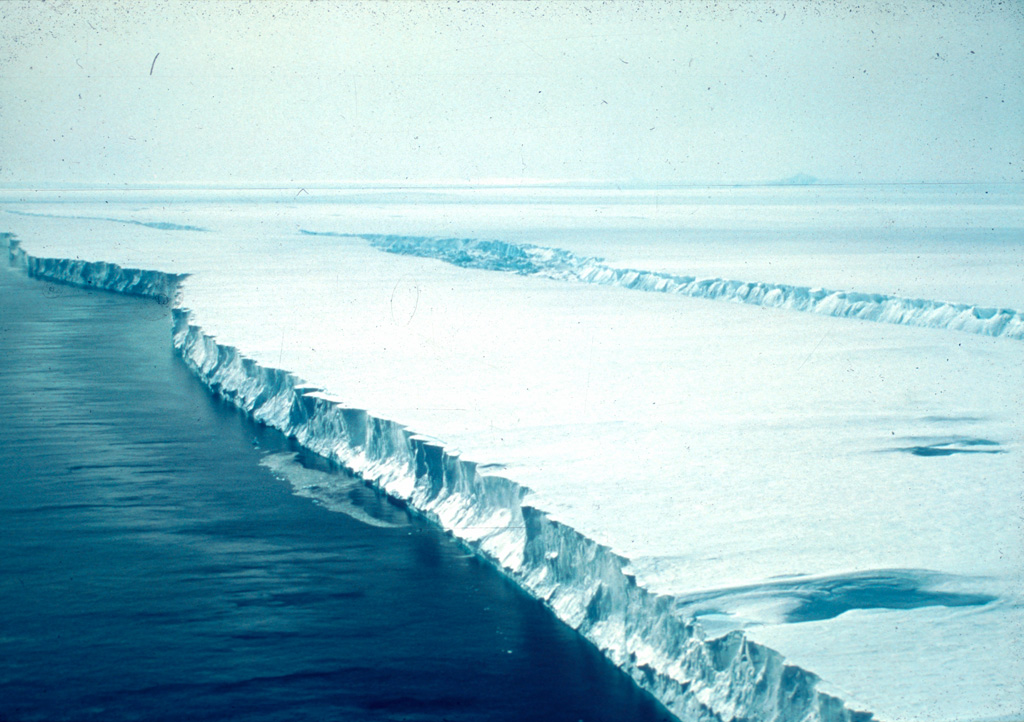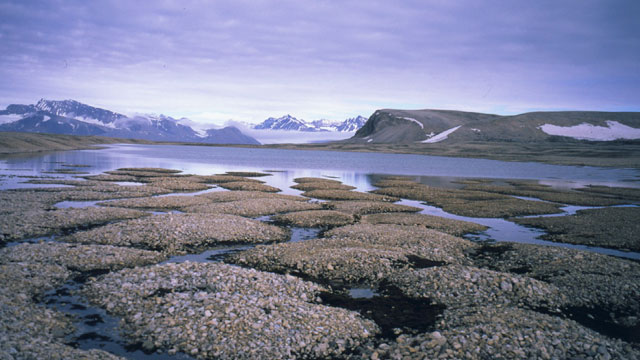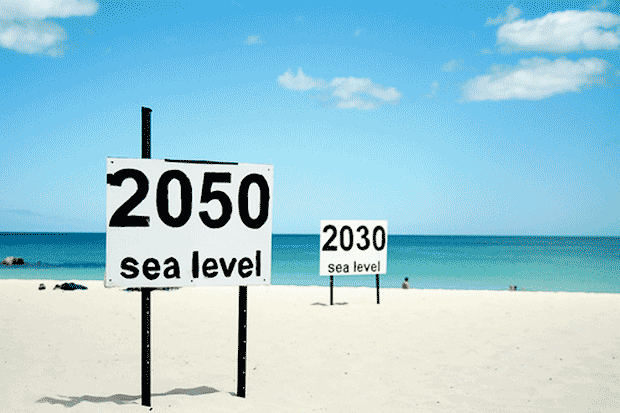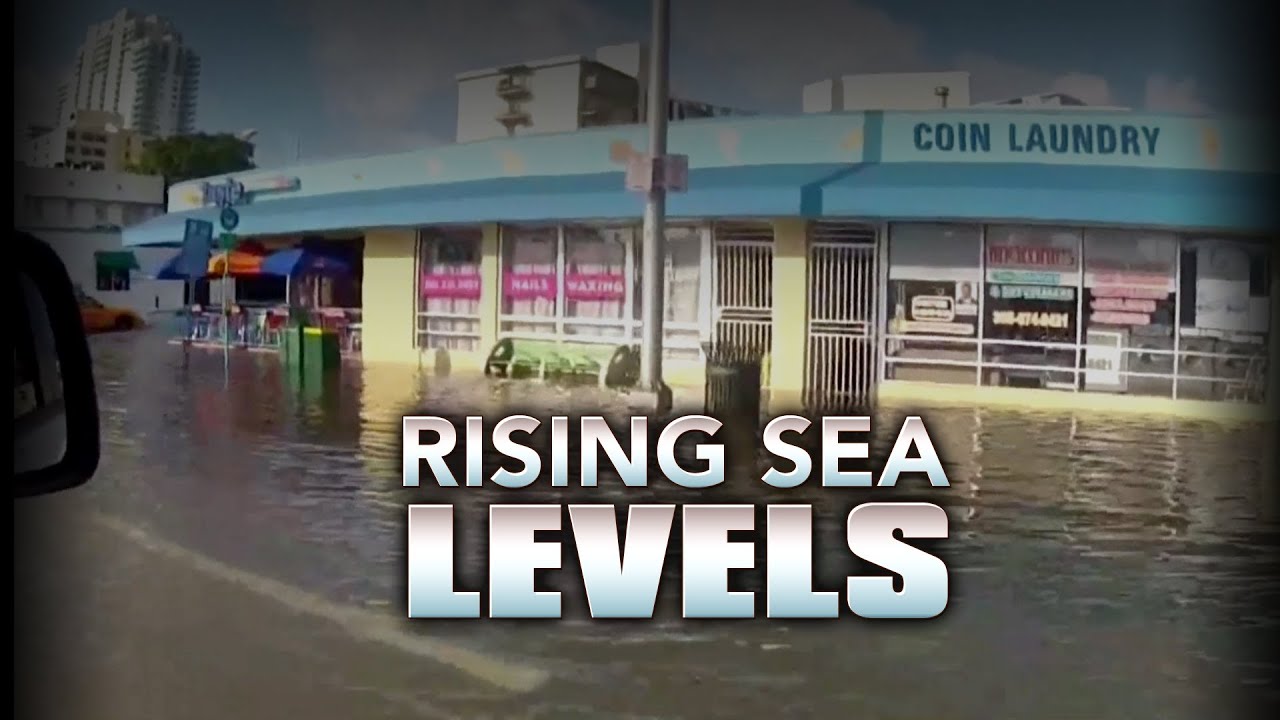Peter Sinclair, interviews Dr. Alan Steinman, an expert on Algae– […]
Wikipedia: A flood basalt is the result of a giant […]
By Laura Naranjo (NSIDC), first published January 31, 2014. In […]
An Australian-led research team found that sea levels may rise […]
Introduction to Methane Hydrate “Methane Hydrates and Contemporary Climate Change” (2011) […]
A new study paper out in nature (Nature Climate Change / 2014 / […]
PBS: Flood-prone South Florida considers proactive investment against rising seas […]
